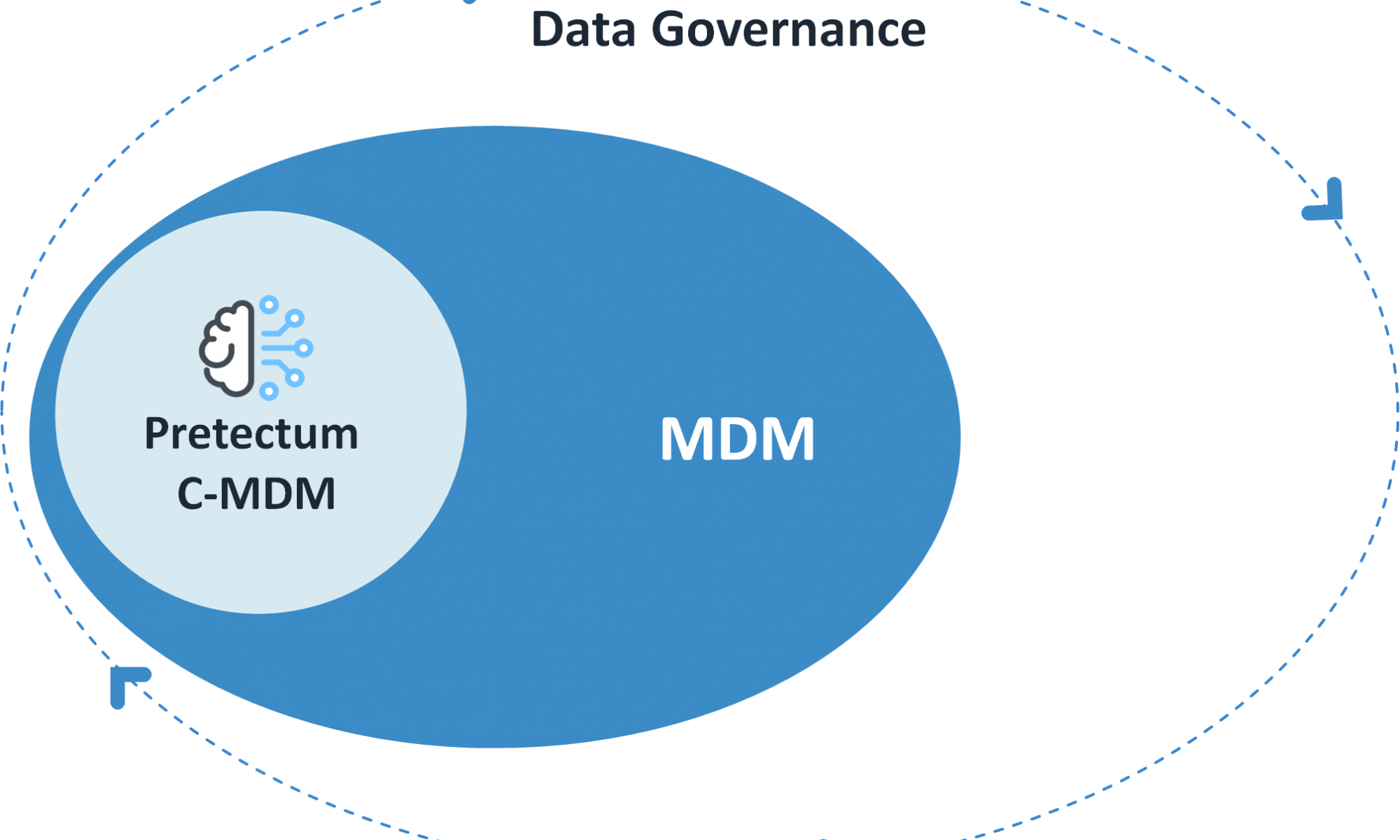Master Data Management is seen as a way for the business to address a number of technical and operational problems that may be strategic and tactical in nature.
Triggering events may be new business acquisitions and the wave of new data that may need to be incorporated in a robust de-duplicated way.
Another triggering event may be more rigorous operational scrutiny in response to new public regulations, changes from private to public accountability or compliance pressures.
Changes in organizational leadership accompanied by a revitalisation of the business vision and business strategy may also be a catalyst.
Whatever the cause, there is often a handful of expectations from the business as to what more data governance, influenced by the implementation of an MDM will deliver. With the customer master in particular there is often the belief that more rigorous deduplication, enhancement and data quality in the customer repository will help in improving the Know-Your-Customer (KYC) situation. The establishment of a “360-degree-view” of customer records is seen as a key to supporting KYC.
Software vendors see MDM in particular as a strong software systems-based approach to helping to formulate said views and addressing the needs of business pressures to improve data quality. These solutions focus on technical efficacy without an understanding or a desire to understand the organizational challenges that centralized control and governance of the data have for the day-to-day needs and operational requirements of the business itself.
Further, the approach of many of these solutions is often rooted in data practice theory and built on legacy technology stacks that are robust but aged, and somewhat incompatible with contemporary business-led as opposed to IT-led initiatives.
Expectations
- The business should be able to define the terms and descriptions that it has for data elements that it uses. In some applications, this is referred to as a glossary but in reality, this is a collection of descriptions and data classifiers.
- The business should be able to define the customer in a single way for all business areas to adhere to where the function is fully centralized. The business should be able to define what a customer record should look like in totality if this is required, especially if this is necessary for integration with systems.
- The business should be able to use core elements of the defined customer with extensions by other areas of the business where the approach is looser or decentralized. Every business area may have a lens through which it chooses to see the customer, which may have supplementary attributes or simply a subset of all the elements that the systems require.
- Data itself is created or collated centrally
- The data is assessed in real-time and in batches as well as recurrent cycles for anomalies relative to the data definitions in place.
- The data is identified for potential duplicates
- the duplicates can be grouped, consolidated or merged via fully automated, semi-automated or manual methods, according to the needs of the business.
- The data definitions can be leveraged by ecosystem applications and systems to ensure that records that are created or amended meet the configuration expectations of the MDM
- The data itself is accessible to ecosystem applications and systems in a secure, authenticated and permission-based way through a syndication approach either in real-time, serially, batched/bulk or through continuous integration.
- Data design creation and amendment can be established through decisions by a crowdsourced organizational hierarchy of stakeholders and interested parties who can approve/reject the designs.
- Data creation and changes can, if necessary, also be established through a similar hierarchy of controllers, administrators, curators and stakeholders.
- Where appropriate, the subjects of the data curation system can engage in a secure, authenticated self-service data curation approach to evaluate the data held and apply further curation.
- Extensive secure and authenticated integrations are available for a wide array of technologies
- Extensive reporting is available for compliance and operations on lineage, usage, statistics and data quality.
To learn how the Pretectum CMDM meets these expectations contact us for more information.


